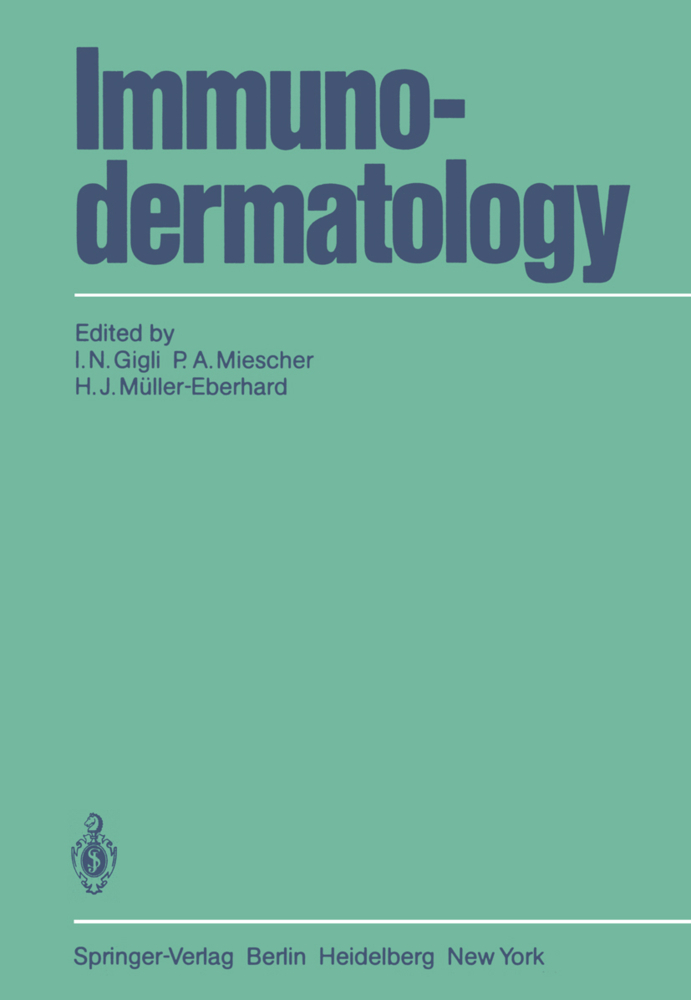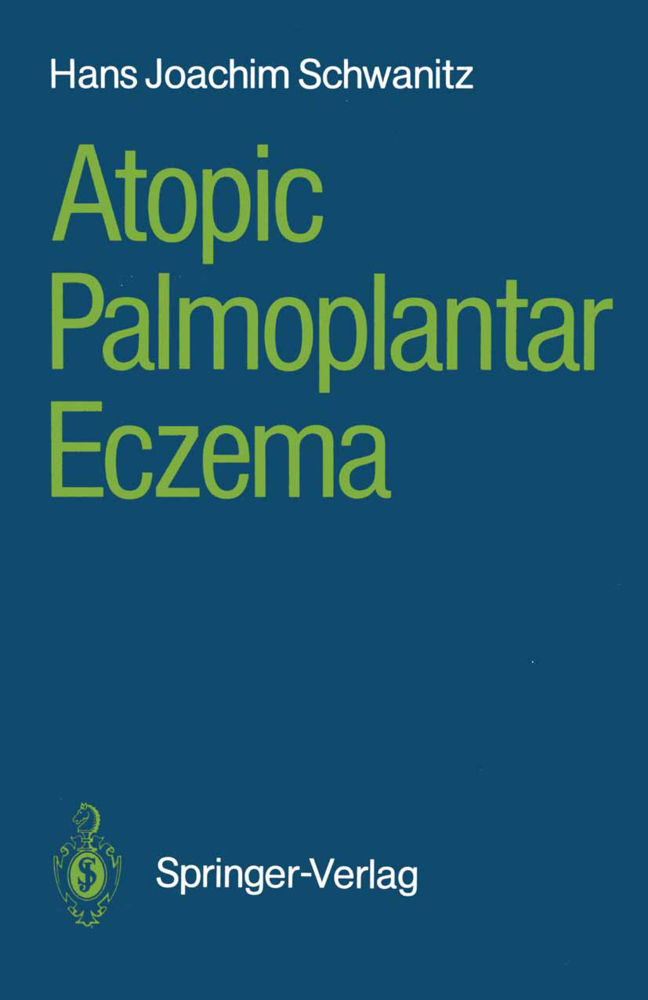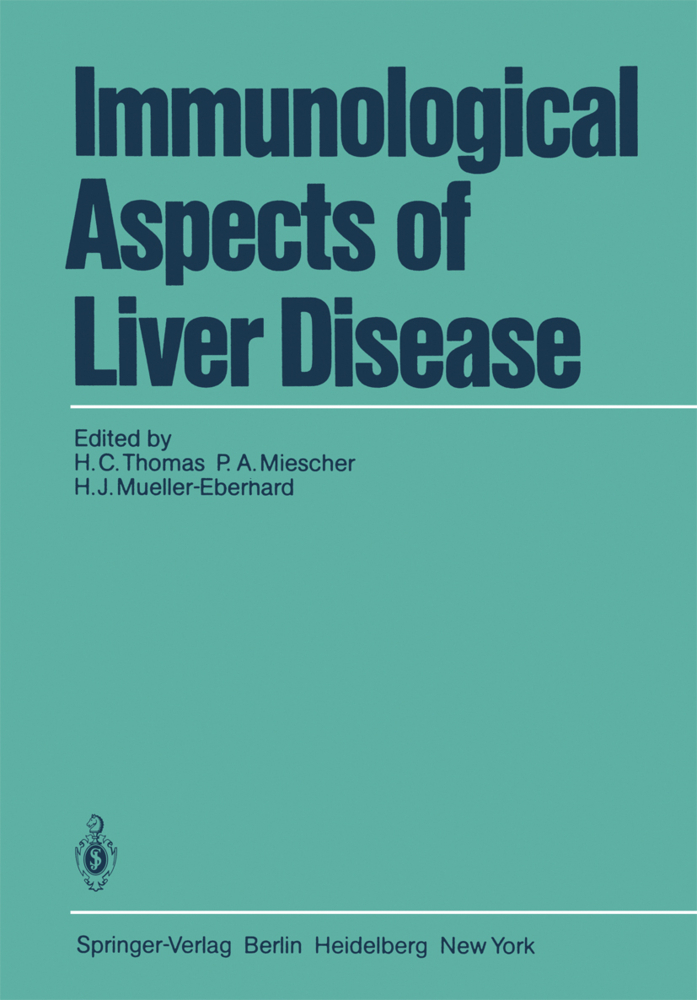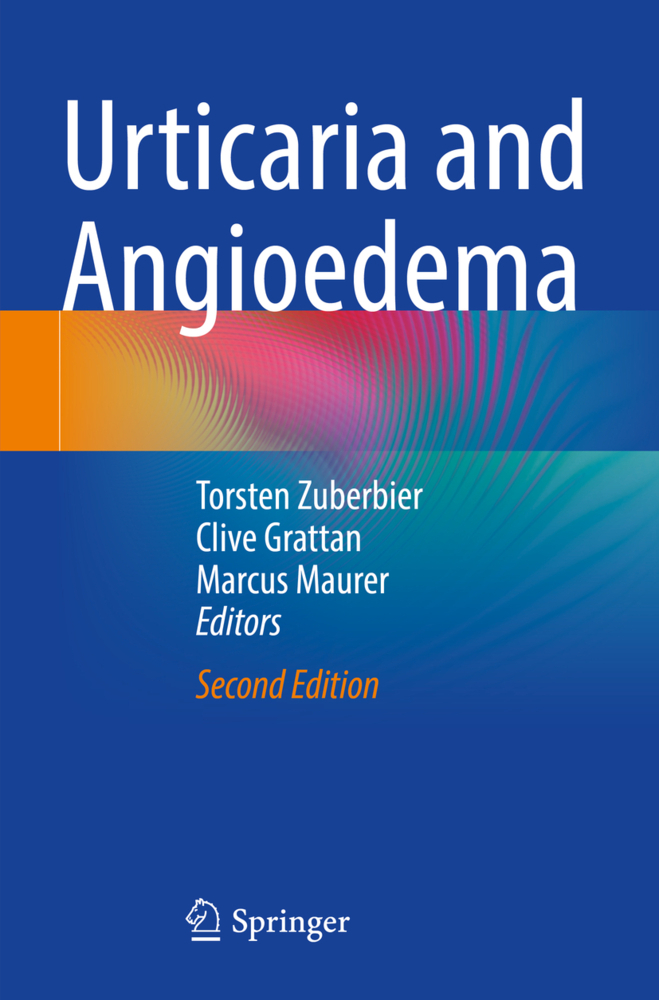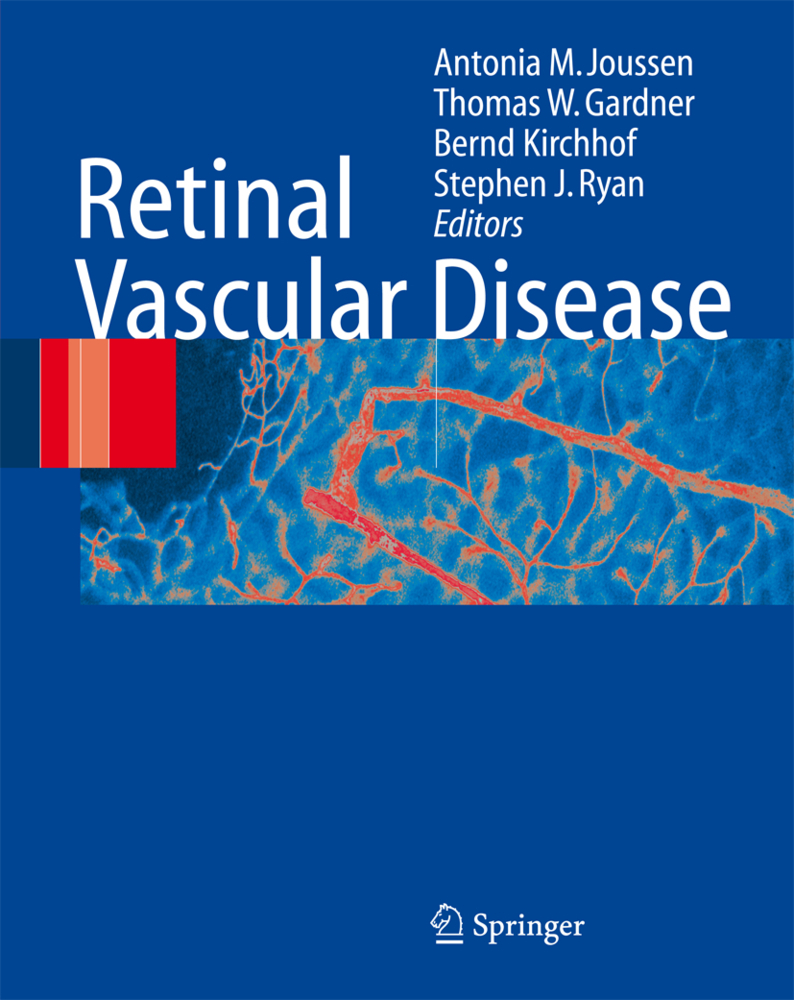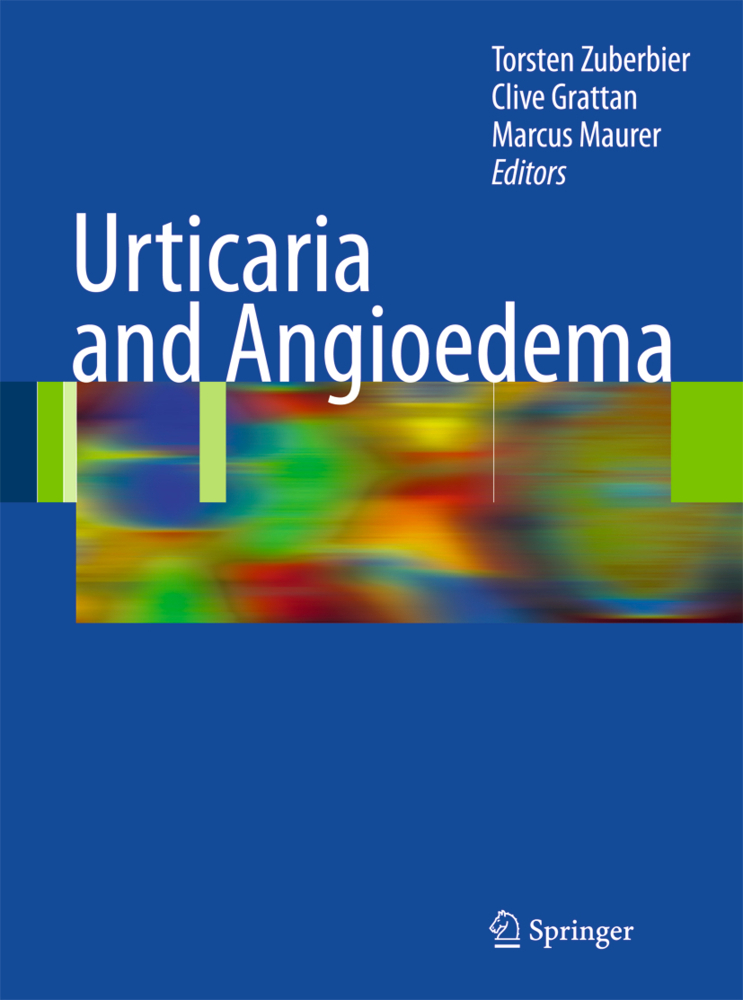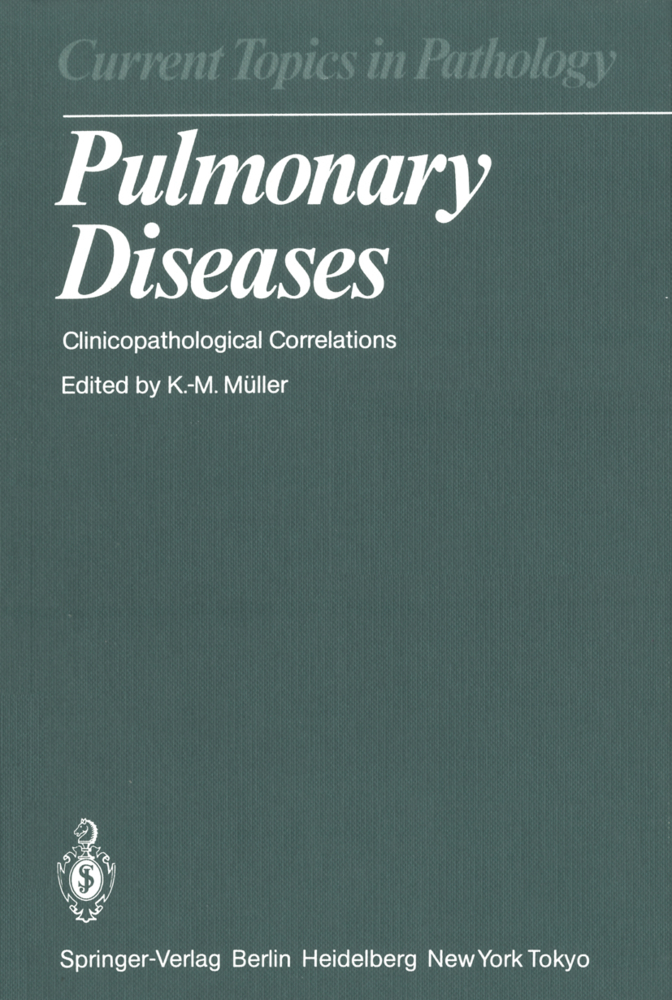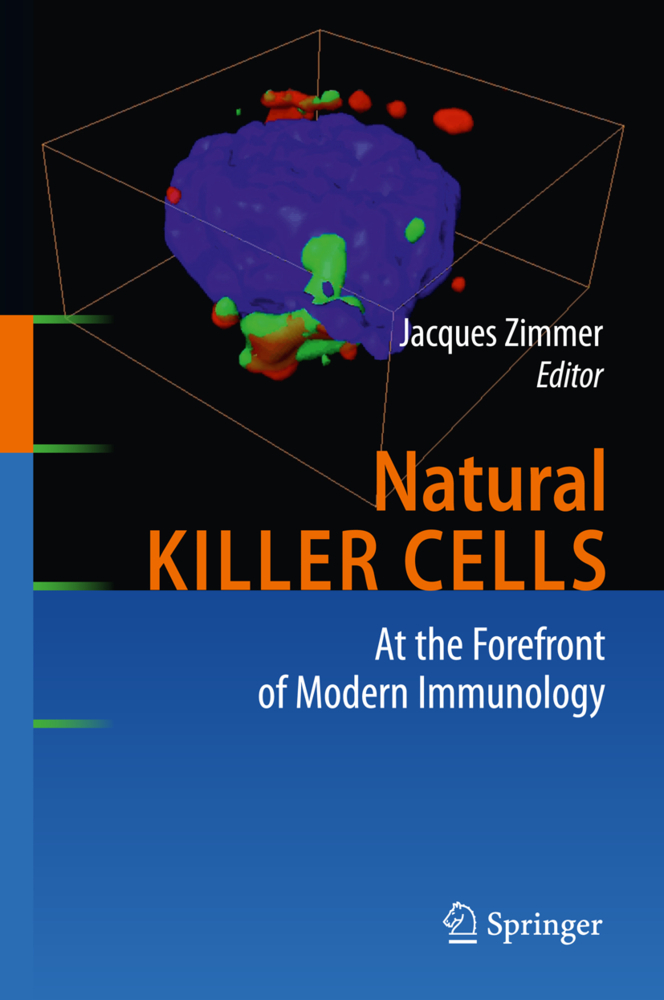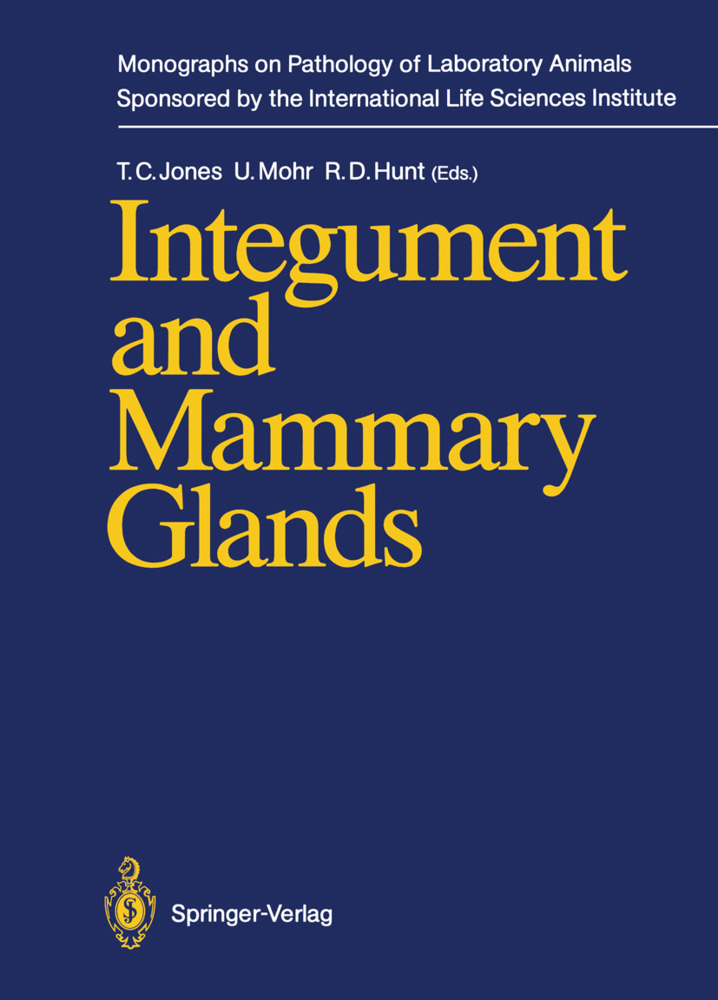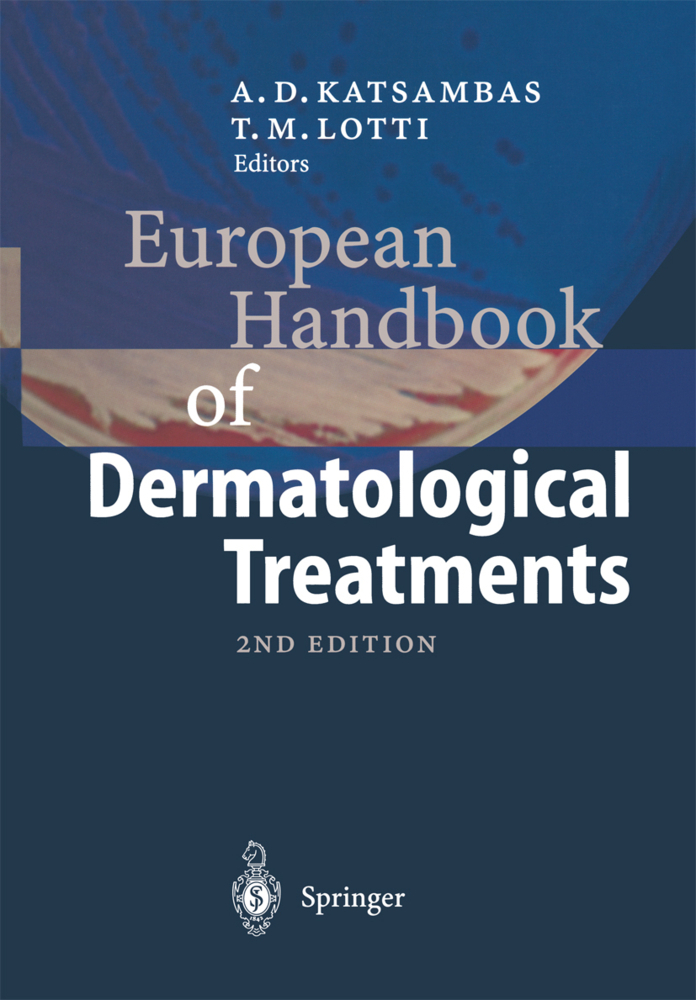Immunodermatology
Immunodermatology
Peter A. Miescher The skin has always been one of the major targets to clinicians interested in immunology. Initially, the main focus was centred on allergic conditions such as contact hypersensitivity and urticeria. Gradually, the spectrum of immunological conditions involving the skin increased, encompassing diseases such as Dermatitis Herpetiformis, Erythema Muitiforme, Cutaneous Bullous Disorders and Photo toxic Reactions. It has been the intention of the editors of Springer Seminars in Immu nopathology to cover the broad spectrum of immune phenomena encountered in dermatological diseases with special emphasis to newer developments in Immunopathology. Dr. 1. N. Gigli has managed to assemble a series of important contributions within two issues of the Journal which are of such an interest to dermatologists that we decided to publish this topic as a separate volume for all dermatologists who do not have access to Seminars in Immunopathology. 3 Immunologically Mediated Epidermal Cell Injury Richard D. Sontheimer* and James N. Gilliam Division of Dermatology, University of Texas Health Science Center, 5323 Harry Hines Boulevard, Dallas, Texas 75235, USA Introduction The epidermis is a functional unit of different cell types that has the critical role of protecting man from his environment. The three major cell types that make up the epidermis (keratinocytes, melanocytes, and Langerhans cells) serve different protective functions. The vast majority of epidermal cells are keratinocytes (Fig. 1).
Dermatitis Herpetiformis. (With 3 Figures)
Erythema Multiforme: Clinical Spectrum and Immunopathogenesis. (With 2 Figures)
Biology of the Mast Cell and Its Role in Cutaneous Inflammation
Mast Cell-Dependent Effector Pathways and Cutaneous Bullous Disorders
Physical Urticaria/Angioedema as an Experimental Model of Acute and Chronic Inflammation in Human Skin
The Role of Complement in Phototoxic Reactions. (With 4 Figures)
Circulating Immune Complexes in Dermatologic Disease. (With 2 Figures)
Infections in Patients with Abnormal Granulocyte Chemotaxis
Ro (SSA) and La (SSB) Antibodies (With 3 Figures)
Immune Mechanisms in Atopic Dermatitis
Suppression of Contact Hypersensitivity by Ultraviolet Radiation: An Experimental Model. (With 3 Figures)
Conclusions.
Immunologically Mediated Epidermal Cell Injury. (With 8 Figures)
Antibody-Induced Proteinase Activation: A Proposed Mechanism for Pemphigus. (With 9 Figures)Dermatitis Herpetiformis. (With 3 Figures)
Erythema Multiforme: Clinical Spectrum and Immunopathogenesis. (With 2 Figures)
Biology of the Mast Cell and Its Role in Cutaneous Inflammation
Mast Cell-Dependent Effector Pathways and Cutaneous Bullous Disorders
Physical Urticaria/Angioedema as an Experimental Model of Acute and Chronic Inflammation in Human Skin
The Role of Complement in Phototoxic Reactions. (With 4 Figures)
Circulating Immune Complexes in Dermatologic Disease. (With 2 Figures)
Infections in Patients with Abnormal Granulocyte Chemotaxis
Ro (SSA) and La (SSB) Antibodies (With 3 Figures)
Immune Mechanisms in Atopic Dermatitis
Suppression of Contact Hypersensitivity by Ultraviolet Radiation: An Experimental Model. (With 3 Figures)
Conclusions.
Gigli, I. N.
Miescher, P. A.
Müller-Eberhard, H. J.
| ISBN | 978-3-540-11738-4 |
|---|---|
| Artikelnummer | 9783540117384 |
| Medientyp | Buch |
| Copyrightjahr | 1982 |
| Verlag | Springer, Berlin |
| Umfang | VI, 186 Seiten |
| Abbildungen | VI, 186 p. 26 illus. |
| Sprache | Englisch |

